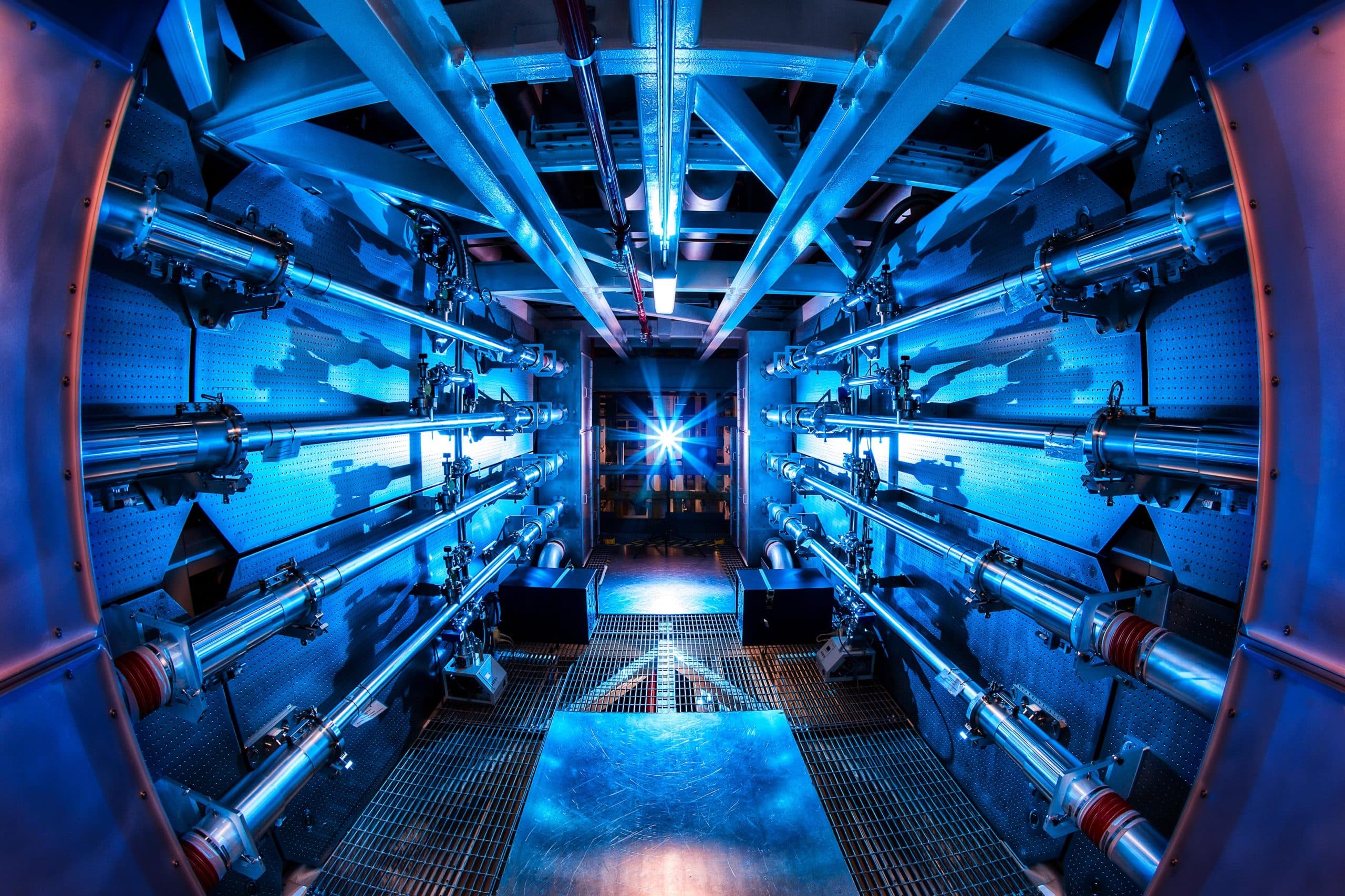We're loading the full news article for you. This includes the article content, images, author information, and related articles.
Germany’s Wendelstein 7-X and the UK’s JET sustained super-hot plasma for record durations, fuelling optimism that affordable fusion power could arrive within two decades.

Dual Milestones in Magnetic Confinement Fusion Slash Commercial Timeline
In a historic July 2025 announcement, two of the world’s leading magnetic confinement fusion experiments achieved record-breaking results—bolstering hopes that commercial fusion energy could arrive a decade sooner than expected.
In Germany, the Wendelstein 7-X stellarator held plasma at 30 million degrees Celsius for 43 seconds, a world record for this reactor type. Meanwhile, in the UK, the soon-to-retire JET (Joint European Torus) tokamak sustained fusion-grade plasma for 60 seconds, pushing the limits of tokamak endurance in its final experiments.
Though different in design—stellarators use twisted magnetic fields for steady-state operation, while tokamaks rely on pulsed plasma—the twin achievements underscore a common message: fusion is rapidly leaving the realm of theory.
Experts across the field hailed the announcements as a pivotal leap forward. The sustained plasma durations at such extreme temperatures demonstrate that the core technical challenges of fusion—heat management, plasma stability, and confinement—are being systematically overcome.
“The timelines we were estimating for commercial fusion—2040s, even 2050s—are now being revised,” said a senior ITER researcher. “We’re seeing evidence that a fusion pilot plant in the early 2030s is within reach.”
Both results feed directly into next-generation projects:
Wendelstein 7-X informs future stellarator designs that aim for continuous fusion operation without pulsed discharges.
JET’s results serve as a critical data benchmark for ITER, the world’s largest fusion experiment under construction in France.
Together, the breakthroughs mark a turning point in fusion research—signaling that long-promised clean, limitless energy may be closer to reality than ever before.
Keep the conversation in one place—threads here stay linked to the story and in the forums.
Other hot threads
E-sports and Gaming Community in Kenya
Active 7 months ago
Popular Recreational Activities Across Counties
Active 7 months ago
The Role of Technology in Modern Agriculture (AgriTech)
Active 7 months ago
Investing in Youth Sports Development Programs
Active 7 months ago